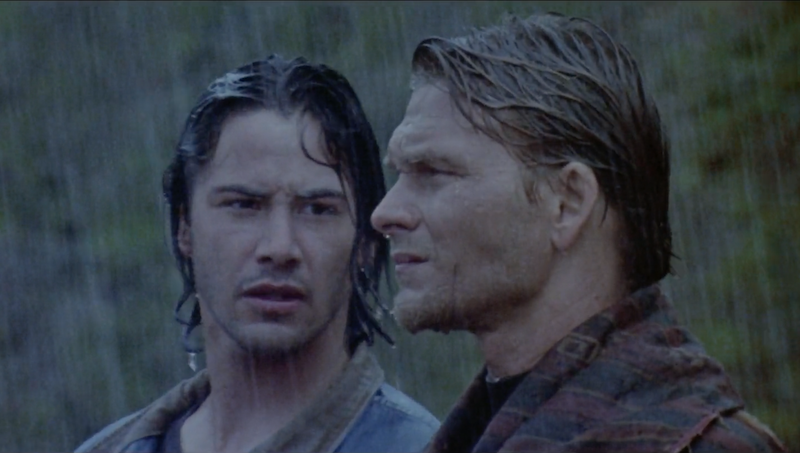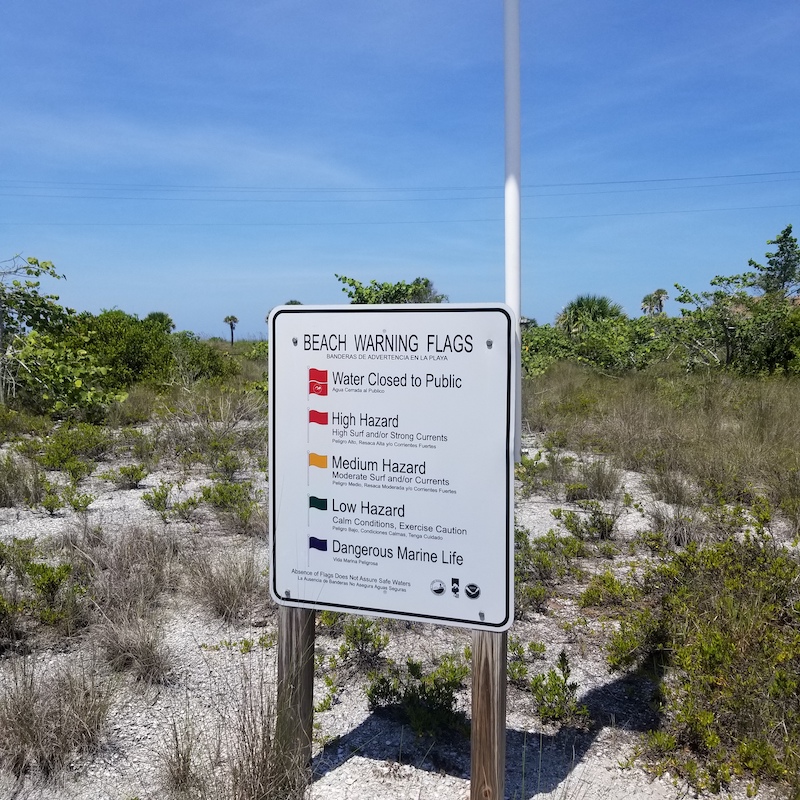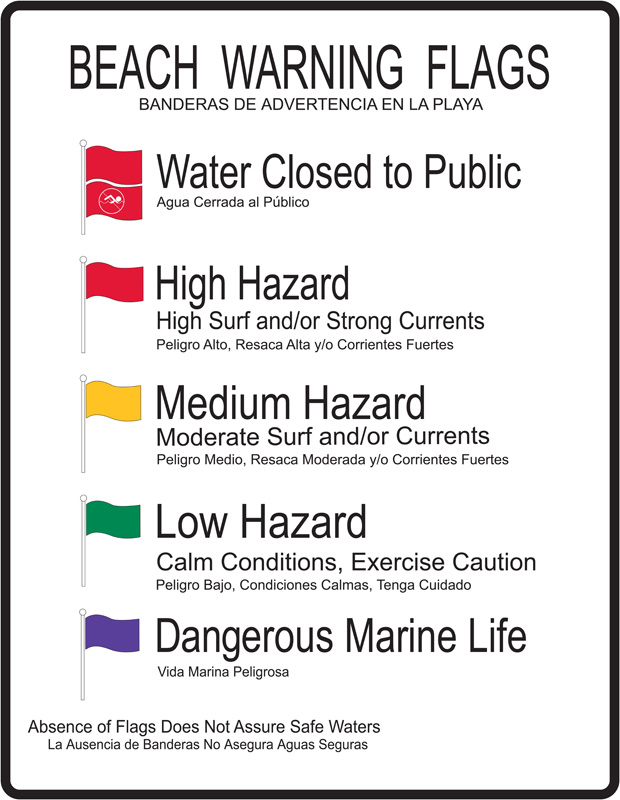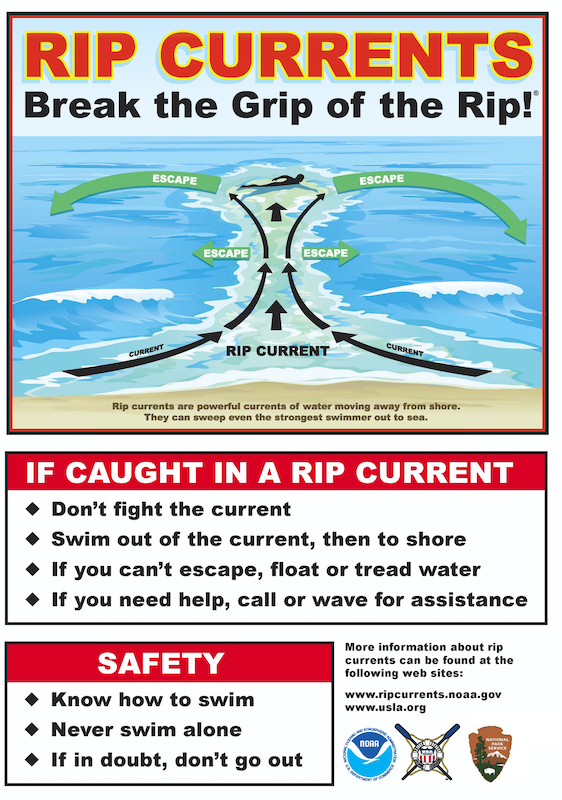Just remember, a red flag is a warning, not a challenge.
Stephanie Bennett-Henry
Throughout history, flags have been used as a way to communicate. Be it identifying a connection to a nation, an army, a family, maybe even a team, or it can send a message that warns of danger or heralds a truce.
This week on tour with the company I work with (Get Up and Go Kayaking Don Pedro), a guest and I noticed the flag sign that was set up and that had us talking about the meanings. We both had questions about what “calm” actually meant. We have seen this same Green Flag when the water had little movement as well as some playful waves, so we were wondering what exactly are the criteria for moving from one flag color to another, and of course, that prompted research and this blog. So let’s figure this out!
BEACH WARNING FLAGS IN FLORIDA
When we head to the beach, we have to admit that most of us have minimal knowledge of what we are actually looking at, especially at eye level. We see things in basic terms. There are waves, they are big or small. The water is calm, active, or too active. The water at the beach is higher than yesterday or lower. What we don’t know is what is really happening far away from shore that is affecting our waters. We don’t know what has been spotted from the sky to be swimming around. We don’t know the science that goes into making sure we are safe and can enjoy our day at the beach. This is where the warning flags help us.
Because we have so many visitors to the state with a nearly year-round tourist season, having flags that varied from county to county can cause great confusion, so in 2005, the Florida Legislature opted for a uniformed flags system to be adopted statewide. Section 380.276, F.S. requires that all public beaches in the state of Florida display warning flags developed by the state warning program only.
RAISE YOUR COLORS
There are FIVE flag warnings, but only FOUR colors to understand.
COLORS
- PURPLE
- GREEN
- YELLOW
- RED
WARNINGS
- DANGEROUS MARINE LIFE
- LOW HAZARD
- MEDIUM HAZARD
- HIGH HAZARD
- WATER CLOSED TO PUBLIC
These flags and signs are free to the local government, but the local communities are the ones to install and maintain the signs and flags properly.
Each flag measures 29.25″ H x 39″ W and the signs measure 30″ W x 36″ H. They both have specifications on the design, materials used, and specific colors that are accepted. For details on the design specifications, visit FloridaDep.Gov
LET’S BREAK IT DOWN
PURPLE – Stinging Marine Life
This flag color seems to be what my younger tour mates are wanting to see and learn more about. The idea of “Dangerous Marine Life” gets them all excited because they are thinking SHARKS, but what they should be looking for is the red flag. More on that one later.
The purple flag is more about jellies (jellyfish), stingrays, sea snakes, and even harmful algae blooms. The confusing issue is that some places may include sharks in their “dangerous marine life”, like Panama City Beaches. If you see a purple flag, proceed with caution. An example of this is doing the stingray shuffle when walking around if they are spotted or known to be in the area. It doesn’t mean the water is closed off, but perhaps just enjoy the beach and stay out of the water for the day if you don’t know what the marine life in question is exactly.
GREEN – Low Hazard
Green flags indicate calm conditions and that you should exercise caution. This usually means that the surf and the currents are calm, but keep in mind that this can change at any moment, hence the exercise caution bit.
YELLOW – Medium Hazard
Yellow flags indicate moderate surf and/or currents. This flag wants you to know there is a risk of danger though not life-threatening. This may be particularly important to those who are not strong swimmers or young children. It is also advised that you should stay near a lifeguard when this flag is flying.
SINGLE RED – High Hazard
A single red flag is flown when the surf is high, there are dangerous currents, or even sharks have been spotted, depending on who you ask. This flag can be issued when a storm may be approaching as well. It is strongly recommended that beach goers do not enter the water, even if they are strong swimmers. Keep in mind though, that some counties such as Escambia County will say that a red flag means no swimming and no wading at all. So get to know your area and how they feel about you even stepping into the water with a red flag.
DOUBLE RED – Water Closed to the Public

Bodhi: I know compadre…I know!
This is pretty straightforward. DO NOT go into the water. This flag is flown when conditions are extremely dangerous, like high surf and/or strong currents. These flags will most likely be flown when a hurricane or other natural disaster is approaching or already affecting the area. Want to learn more about hurricanes? Visit my blog on hurricanes here.
I don’t know about you, but when I think Double Red Flags, I’m thinking “Point Break” kind of dangerous. Hail Bodhi!
And now I have to watch Point Break when I’m done here. 😉
WHAT THEY DON’T DO
The warning signs or flags only focus on the overall surf condition and don’t warn against rip currents. However, the Florida Coastal Management Program (FCMP) distributes rip current education signs as well to our local beaches and public parks.
If you read last week’s blog, you probably have a much better understanding of how rips work and how to spot them from shore. If you forget, you will most likely find this sign upon your approach to your local beach as a reminder. The great thing is, that these signs are national and were developed through a group effort that included the FCMP, National Oceanic and Atmospheric Administration’s National Weather Service (NWS), SeaGrant, and the United States Lifesaving Association (USLA), in hopes to spread awareness and greater understanding and save lives.
If you missed last week’s blog and want to learn more about rip currents and undertows, you can find it here.
Now that we have a basic understanding of what the flags at our beaches mean, I’m now curious about what is considered a calm surf versus a moderate surf, so come back next week because I believe I’m headed out to learn more about the various types of waves. So in the meantime, check the flag, become familiar with how to identify a rip current, bring the reef-safe sunscreen (my current fav is Tropic Sport), feel the breeze on your skin and sand between your toes, and trust that you are a wiser beachgoer today than you were 8 minutes ago.
Kelley (Salty-Mhic)
Stay Salty and Stay Connected
Featured image: Photo by Kelley McGuire – Don Pedro Island
469 total views, 2 views today



One thought on “Understanding Beach Warning Flags and Visions of Point Break”